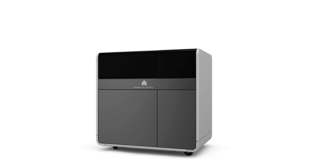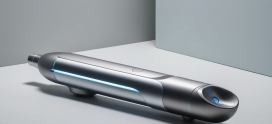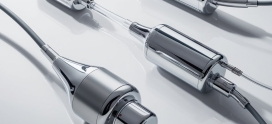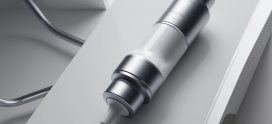
3D Printing Helps Drive Ingenuity and ROI at Hyde Park Partners
A 3D Systems ProJet MJP 2500 enables better design, faster time to market, reduced costs, and the ability to quickly translate customer input into physical reality
Hyde Park Partners (HPP) in Charlotte, N.C., is a technology product and solutions provider that began serving the Southeast U.S. 70 years ago and now provides its products and engineering expertise to individuals and businesses all over the globe.
American Engineering Group (AEG), a subsidiary of HPP, is a company on a mission: Its goal is to provide an affordable, lasting solution to chronic energy problems faced by rural communities in Africa.
With the quality of life at stake for millions of people, there is an urgent need for HPP’s product development team to continuously improve Firefly, the company’s off-the-grid, solar-powered LED lighting system. A central ally in helping the company satisfy that urgency is a 3D Systems ProJet® MJP 2500 Plus 3D printer.
Design beyond functionality
In 2010, HPP made the conversion from a manufacturer supplier to a product developer, and in 2014 formed AEG to deliver these products to the world. Initially, the company subcontracted prototyping work to an outside vendor. But HPP soon found out that there was an unacceptable time lag between initiating new ideas and seeing them in physical form.
“By the time we’d get a prototype back we already had another idea that required another iteration and a new prototype,” says Clifton Vann IV, Chief Executive Officer of Hyde Park Partners.
There was also the evolution of Firefly to consider. The product, which comprises five LED lights, a solar panel and control box, was a leader in functionality, offering 12 hours of continuous light from the five LEDs and requiring only six hours of sunlight for a full charge. But as the product entered the wider consumer market, attractive packaging became a central concern.
“Once we solved functionality, we realized the look, feel and form factor were going to be much more critical than we imagined in the past,” says Vann.

The success the second time around
HPP thought that 3D printing would be the solution to its product development delays. But the first system the company purchased, a fused deposition modeling 3D printer from a manufacturer other than 3D Systems, did not live up to HPP’s expectations.
“It did not produce the quality or speed we needed to support our growth and development,” says Vann. “We didn’t think the prototypes it produced were good enough to be shared with customers.”
The system also required difficult and messy post-processing using caustic chemicals, according to Scott Draffin, Vice President of Engineering for Hyde Park Partners.
So, it was back to searching for HPP. But this time a pleasant surprise awaited them. It was in the form of a ProJet MJP 2500 Plus 3D printer recommended by Duncan Parnell, the local 3D Systems distributor.
True-to-CAD prototyping
The ProJet MJP 2500 Plus offers true-to-CAD part quality in plastic and elastomeric materials that enable realistic functional testing. The high-resolution delivered by the MultiJet Printing technology provides micro-fine detail for even tiny features, along with sharp edges and corners. As a major bonus, the price was right for HPP.
“I was shocked and surprised by the technology advances of the ProJet MJP 2500 Plus,” says Vann. “The part quality was superior to machines that cost five times as much. I never thought we could get a system that does what this machine does at a price that we could afford.”
A big selling point for Draffin was the ability to print with multiple types of materials.
“We not only do enclosures, we do lights and other parts, so the ability to print in a solid color or a clear material is really important. We can even do a rubber-like material if we want to prototype a casing for the unit or create a gasket.”
Duncan Parnell delivered and installed the ProJet MJP 2500 Plus, then conducted training to bring HPP design engineers up to speed on how to best use the system for the company’s specific applications.
“We were printing parts within hours,” says Draffin. “Duncan Parnell goes beyond sales to become a partner in providing continuous support.”
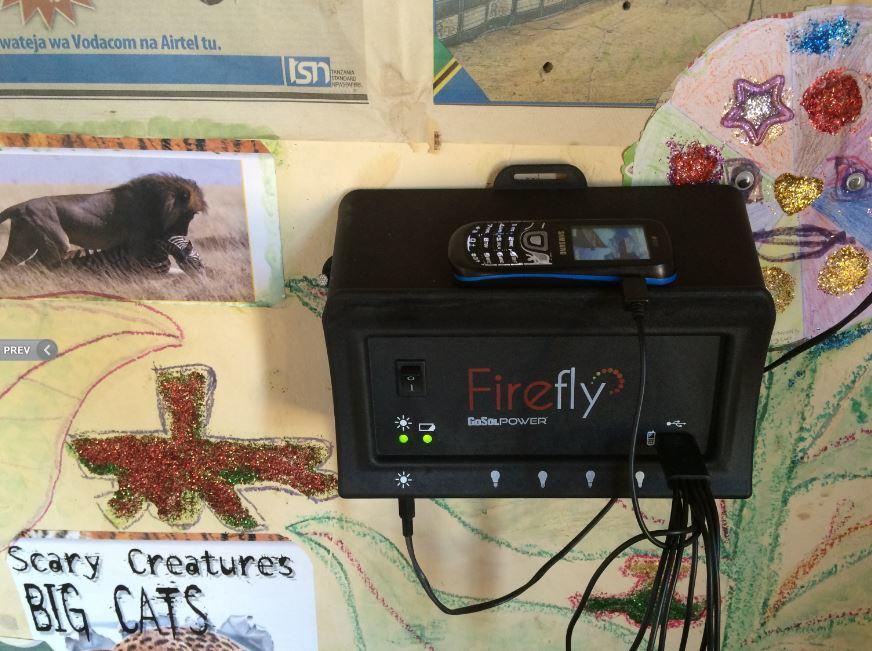
Easy management and post-processing
Draffin’s job has been made easier by 3D Sprint™ software included with the ProJet MJP 2500. The software allows anyone to prep 3D data for printing, providing scheduling and up-to-the-minute data on critical functions such as print time, material status and other functions. Users can store, access and share data with anyone they choose, from wherever they want: in a secured public cloud, on the desktop or in their own private cloud.
“It allows us to create new part designs during the day and 3D print them at night because the system runs unattended,” says Draffin.
The messy clean-up required by HPP’s previous 3D printer is a thing of the past: The MJP EasyClean System automatically melts wax supports from MJP parts in less than 30 minutes, removing the need for hand scraping, high-pressure water jets, caustic chemical baths, or special facilities.
“EasyClean is much easier to use than the post-processing for the first system we purchased,” says Draffin. “The wax melt-away and steam process allows us to have a cleaner part in much less time.”
Bottom-line ROI
HPP has seen immediate, measureable improvements in product development time and costs for parts produced on the ProJet MJP 2500 Plus versus traditional injection-molded prototypes.
“We’ve cut time-to-market for new iterations of Firefly and other products by at least 50 percent,” says Vann. “Cost of prototyping has been reduced from an average of $500 per part to around $8 per part with the ProJet MJP 2500. The speed and cost savings allow us to increase the amount of prototyping we can do, leading to better products faster.”
With the faster speed of producing prototypes comes major engineering time and cost savings, according to Draffin.
“We’ve gone from 10 days to a single day to create a prototype and deliver it to market for testing and demonstration purposes,” he says. The savings of nine days for a prototype adds up to impressive cost reductions. If one considers an eight-hour day with a highly skilled engineer being paid $125 per hour, over nine days the savings could add up to $9,000 per prototype.
All this comes without compromises to quality, according to Vann.
“Our engineers are able to use the 2500 to build high-quality, high-definition parts that have the strength to undergo the same types of functional testing as injection-molded prototypes.”
Priceless customer interaction
While not measureable through actual time and cost metrics, the 3D printer has delivered something else that is nearly priceless: a closer, more interactive relationship with customers.
“The voice of the customer is powerful,” says Vann. “The ProJet MJP 2500 gives us the ability to quickly turn feedback into visible product innovation.”
The speedy loop among feedback, new design ideas and functional, realistic prototypes is especially useful for trade shows and other events according to Draffin.
“The print quality of the 2500 is so good that a part can be prepared in a day to display at major events,” he says. “The prototype is ready for the sales team to demonstrate right off the printer versus in the past needing designs to be sent out for production over several days via injection molding in costly plastics or aluminum.”
An engine for growth
For Clifton Vann, the ProJet MJP 2500 Plus is not just a tool, but an engine for enabling growth and innovation.
“It cuts engineering costs and expedites our path to market with industrial and retail solutions,” he says. “It gives us a strength that promotes ingenuity, innovative product development,
and continuous growth.”
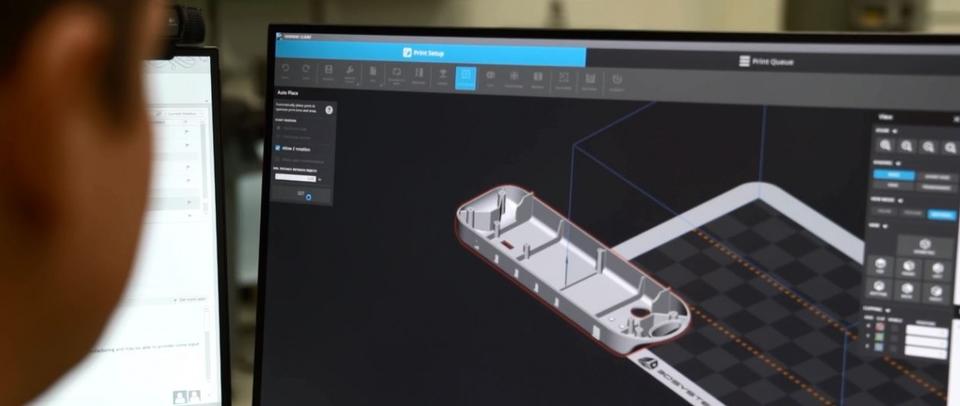
3D Sprint software included with the ProJet MJP 2500 Plus enables easy print management anytime and anywhere.
Source by https://3dsystems.com

